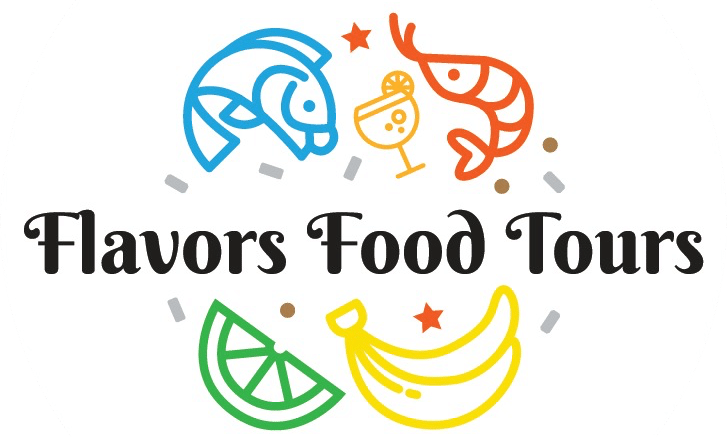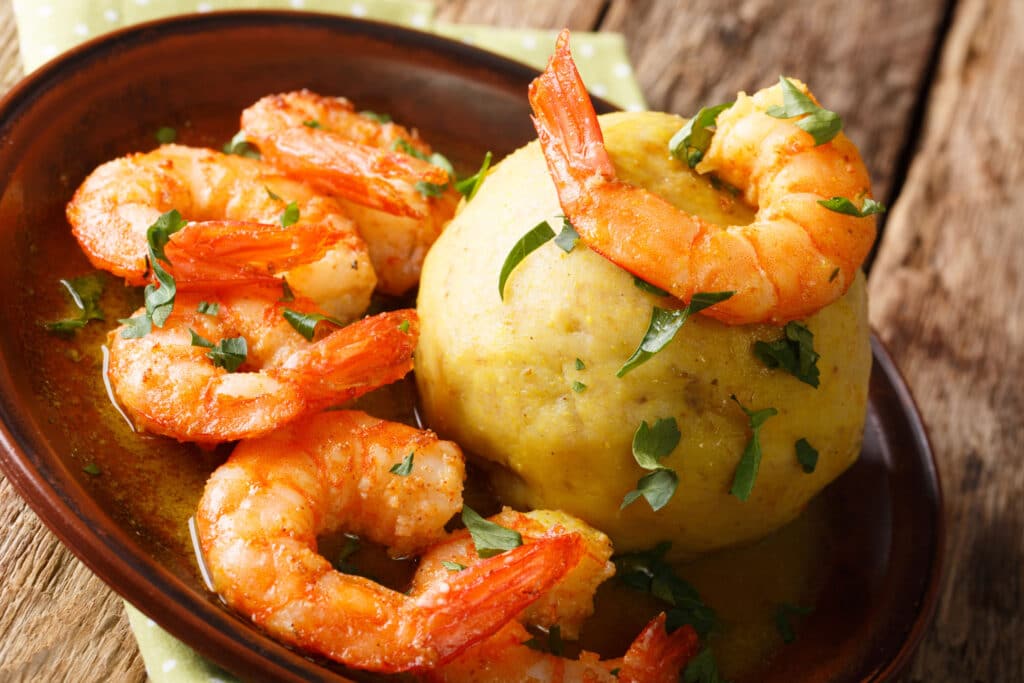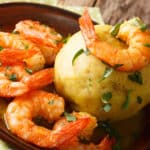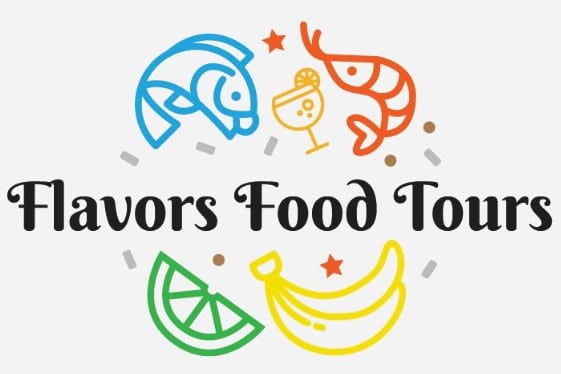Across all of Puerto Rico, between its many cities and towns, it’s a given that someone, somewhere, is frying up some mofongo for their next meal. It’s the unofficial national specialty of Puerto Rico, and travelers joining us on our Classic Old San Juan Food Tour will always remark about how unique and exciting this dish is. Puerto Rican food is a vibrant mix of influences from the Taino Indians, Spanish settlers, and enslaved Africans. Each culinary influence is represented in how mofongo is prepared throughout the island.
Many cities in the United States have Puerto Rican restaurants which serve this dish, especially in many Floridian cities, Chicago, New York and Connecticut where people of Puerto Rican heritage live. However, if you do not live in those cities, have not visited Puerto Rico or know any Puerto Rican cuisine enthusiasts, perhaps you haven’t heard of mofongo.
This is a dish made thousands of times throughout the island daily. They have restaurants dedicated to this dish. What is it? The dish’s main ingredient is mashed green plantains, which can be difficult to find in certain U.S. states. The green plantain is the cousin to the banana but lower in sugar, higher in starch and firmer. You’ve probably eaten sweet plantains which were yellow, or ripe, in certain Mexican dishes. However, the green unripened plantains are used in savory dishes like mofongo in Puerto Rico.
The green plantains are cut into wheels, often boiled to soften them and then fried. Next, they are placed into a pilón (the local term for the wooden mortar) and mashed with a pestle along with garlic, salt, olive oil (chicken brother or butter) and sometimes chicharrones (pork cracklings).
The finished mixture is not completely smooth like mashed potatoes, but the plantain wheels that have been fried before mashing should not be discernible. The mofongo is often molded and smashed into the bottom of a bow for shaping and placed upside down on the plate like a perfect dome. Then it is either stuffed with chicken, pork, shrimp, lobster, churrasco or really anything the chef decides. Mofongo can also be served “on the side” like mashed potatoes but in this instance would be alone, not stuffed. On our food tours we serve the mofongo as a main plate and it is stuffed with a local chicken criollo sauce and the best part is YOU get to help make it!
One great thing about mofongo, in addition to its taste, is that it connects perfectly to our Puerto Rican heritage. Three cultures make up the Puerto Rican identity: The Taíno, Spanish and the Western Africans. Mofongo is the perfect blend of all three:
- Plantains as well as bananas were introduced into the Greater Antilles in 1516 from the Canary Islands by way of the Spaniards.
- The Western Africans influenced Puerto Rican cooking by using their favorite method of cooking: frying (because fried foods stay longer in the heat before going bad)
- The Tainos provided the perfect tool for mashing it in, a pilón. They would traditionally use pilóns to mash root vegetables as well as herbs used for medicinal purposes.
Like so many now-treasured dishes around the world, mofongo did not have its beginnings on the tables of the rich and powerful. Instead, it’s food that developed organically out of cultures coming together and using whatever ingredients were cheap, easily available, and simple to work with. The story of mofongo follows the story of Puerto Rico itself. It’s a groundswell culinary tradition that’s less about refining one’s expertise and more about making food with vibrancy, passion, care, and joy.
No matter how you prepare it or what toppings you choose to add, one thing is certain: Mofongo will always remain a classic staple in Puerto Rican cuisine for generations to come! Its history with the island goes back centuries, and surely pans around Puerto Rico will continue to fry up the warm, inviting aroma of mofongo for centuries to come. We encourage all of our guests to join our food tours so they can make their own mofongo and taste its brilliant, vibrant flavor.






